Though it is fun to think that if you were being chased by a thermal-seeing alien, you could use mud to camouflage yourself, thermal is way more advanced than that.
Mud won't hide you from this guy.
If depicted correctly, mud wouldn’t hide you from this guy’s thermal vision.

Without the need for visible light, thermal imaging technology detects the heat signatures of the light spectrum not visible to the human eye. This spectrum is called ‘infrared.’ Everything with a temperature above zero emits thermal radiation. Through the variations in temperature, thermal imagers instantly display images we can interpret.
Despite thermals advantages, it can’t:
- See through walls
- See underwater
- See through glass
- See under clothing
But it can:
- Notify a law enforcement officer if a someone has a concealed firearm
- Find a suspect attempting to hide
- Locate dropped or hidden contraband
- May help firefighters locate victims trapped in a fire and hot spots
- Vastly improve search and rescue efforts to find missing persons
Even though thermal cameras or imagers cannot see through the water, it is still the best tool for professional and recreational marine use when you need to see in complete darkness.
Even though thermal isn’t “x-ray vision,” everything radiates heat—even ice. These different heat signatures allow us to detect variations and distinguish between objects. For example, a wild hog rooting through overgrown bush, people trapped inside a burning building full of smoke and even schools of fish are apparent due to the fluctuations of the water.
As thermal relates to uses on waterways, for military, law enforcement and first responders, commercial fishermen, boat captains and recreational boaters, thermal imagers like binoculars, cameras and monoculars offer:
- A quick solution to trouble-shooting engine problems
- Long-range navigation
- Safety from collision and debris
- Life-saving search and rescue of a man overboard
- Threat identification
The Coast Guard reports that the number 1 and 2 cause of recreational boating accidents are collisions—with another recreational vessel as well as with a stationary object, which cause fatalities and injuries.
The top ten causes of recreational boating accidents are:
- Operator inattention
- Operator inexperience
- Improper lookout
- Excessive speed
- Machinery failure
- Alcohol use
- Weather
- Navigation rules violation
- Hazardous waters
- Force of wave/wake
Many of these problems can be solved by using thermal imaging. Thermal detects floating debris, boat wake and of course, other boats. With digital zoom features, you can enhance small or distant objects—alerting you of incoming vessels, coastlines and identify threats like pirates. Thermal imagers act as a docking aid, tool in sport fishing, have helped boat captains identify engine problems. Thermal imagers have become an invaluable tool for saving lives, as they quickly find people who have fallen overboard (if they have not fully submerged).
Seeing in the Dark
Since thermal doesn’t need any type of artificial or ambient light to operate in the dark, you can use it safely to avoid accidents with other vessels, docks and other stationary items.
It is a legal requirement for boats to have working navigation lights turned on from sunset to sunrise. For those trying to use the cover of night to smuggle drugs, poach or partake in other illegal activity, thermal gives law enforcement and coast guard the eyes needed to catch criminals.
Accompany Radar
Though radar sends returns of detection over miles away, it does not display a clear outline of what the object is. Thermal imaging will aid the radar return by showing you a clear image of what it is detected.

The Potential to Save Lives
Thermal imagers like the Accolade 2 XP50 LRF binoculars elevate search efforts with a detection range of up to 2,000 yards from land, air and sea.
Thermal isn’t just a useful tool for hog hunters but vital for use in the law enforcement, commercial and industrial sectors.
source of the material
 Thermion 2 LRF XL50
Thermal Imaging Riflescope
Thermion 2 LRF XL50
Thermal Imaging Riflescope
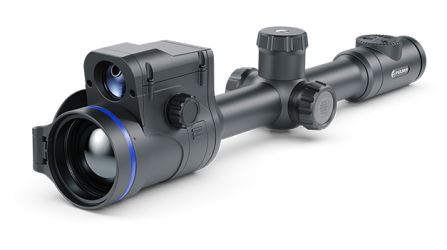 Thermion 2 LRF
Thermal Imaging Riflescopes
Thermion 2 LRF
Thermal Imaging Riflescopes
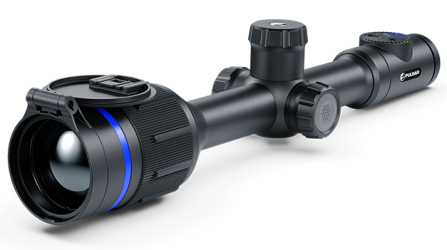 Thermion 2
Thermal Imaging Riflescopes
Thermion 2
Thermal Imaging Riflescopes
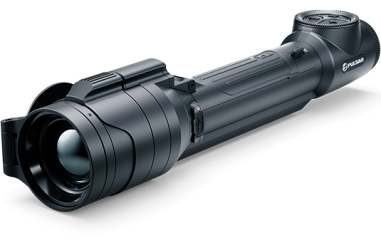 Talion
Thermal Imaging Riflescopes
New
Talion
Thermal Imaging Riflescopes
New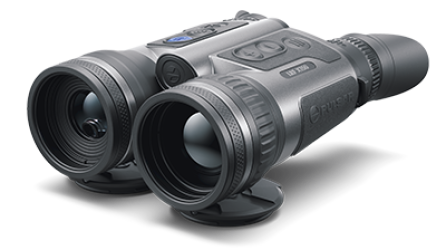 Merger LRF XT50
Thermal Imaging Binoculars
Merger LRF XT50
Thermal Imaging Binoculars
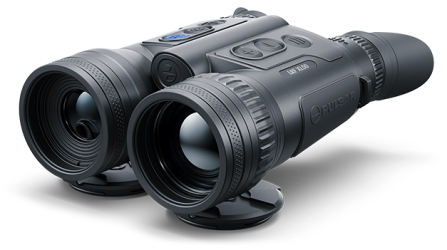 Merger LRF XL50
Thermal Imaging Binoculars
Merger LRF XL50
Thermal Imaging Binoculars
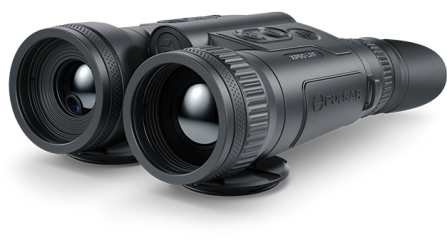 Merger LRF XP50
Thermal Imaging Binoculars
New
Merger LRF XP50
Thermal Imaging Binoculars
New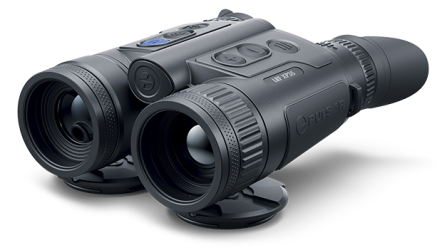 Merger LRF XP35
Thermal Imaging Binoculars
Merger LRF XP35
Thermal Imaging Binoculars
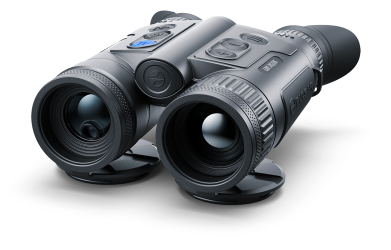 Merger LRF XQ35
Thermal Imaging Binoculars
New
Merger LRF XQ35
Thermal Imaging Binoculars
New Telos
Thermal Imaging Monoculars
New
Telos
Thermal Imaging Monoculars
New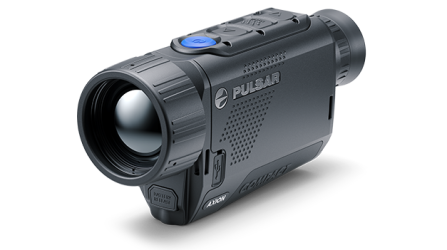 Axion Compact
Thermal Imaging Monoculars
Axion Compact
Thermal Imaging Monoculars
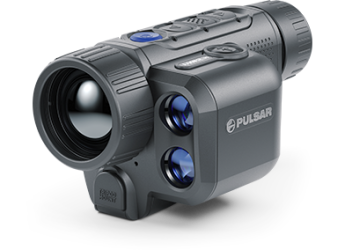 Axion 2 LRF
Thermal Imaging Monoculars
Axion 2 LRF
Thermal Imaging Monoculars
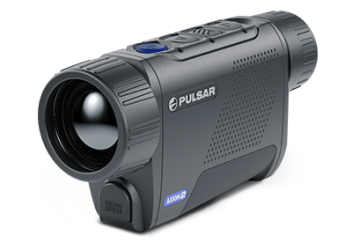 Axion 2
Thermal Imaging Monoculars
New
Axion 2
Thermal Imaging Monoculars
New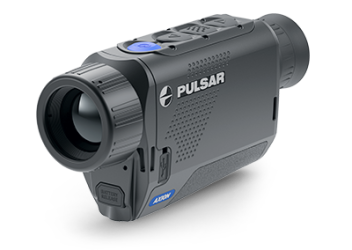 Axion XQ30 PRO
Thermal Imaging Monoculars
Axion XQ30 PRO
Thermal Imaging Monoculars
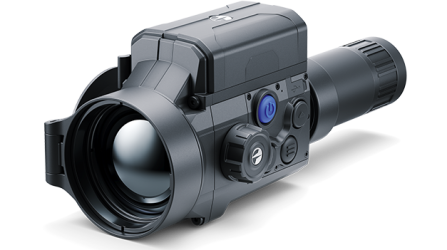 Krypton 2
Thermal Imaging Monocular
Krypton 2
Thermal Imaging Monocular
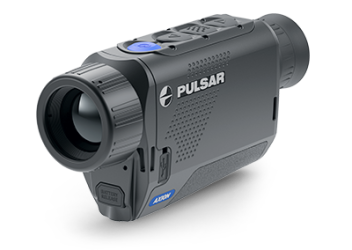 Axion XM30F
Thermal Imaging Monoculars
Discontinued
Axion XM30F
Thermal Imaging Monoculars
Discontinued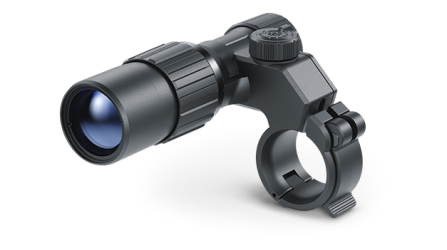 Pulsar Digex-XS
External Infrared Illuminators
Pulsar Digex-XS
External Infrared Illuminators
 APS Batteries
Battery Packs
APS Batteries
Battery Packs
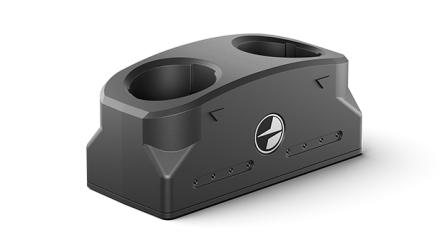 APS Chargers
Battery Chargers
APS Chargers
Battery Chargers
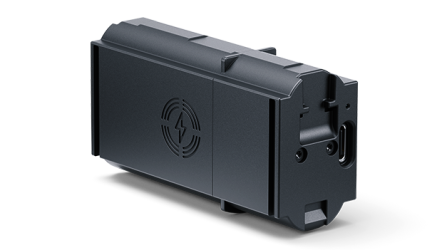 LPS 7i Battery Pack
Battery Packs
LPS 7i Battery Pack
Battery Packs
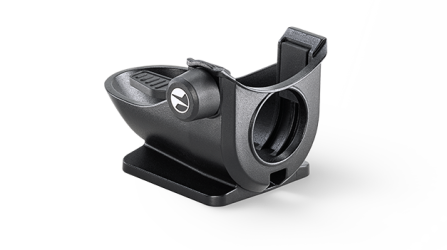 Telos LRF Tripod Adapter
Pulsar Accessories
Telos LRF Tripod Adapter
Pulsar Accessories
 IPS Batteries
Battery Packs
IPS Batteries
Battery Packs
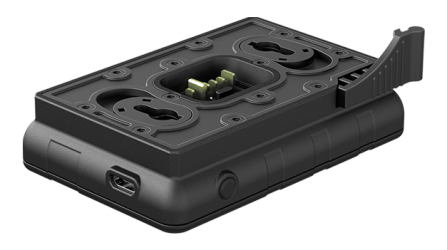 IPS Battery Charger
Battery Charger
IPS Battery Charger
Battery Charger
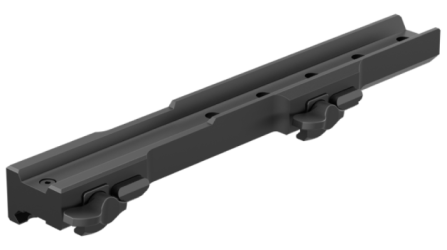 Rifle Mounts
for Pulsar Riflescopes
Rifle Mounts
for Pulsar Riflescopes
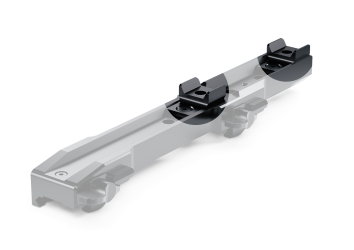 H7 Spacers
Repair Kits
New
H7 Spacers
Repair Kits
New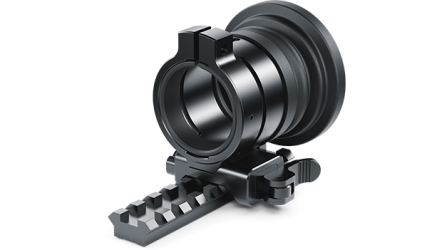 PSP-V Weaver Rail Adapter
Adapter
PSP-V Weaver Rail Adapter
Adapter
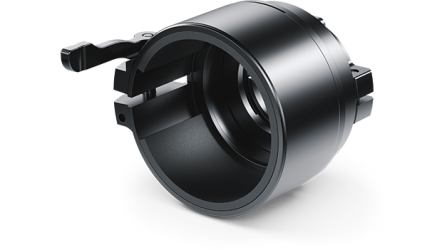 PSP Ring Adapters
Adapters
New
PSP Ring Adapters
Adapters
New PSP-B Ring Adapters
Ring Adapters
PSP-B Ring Adapters
Ring Adapters
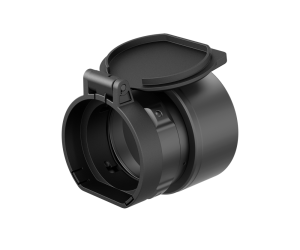 FN Adapters
Cover Ring Adapters
FN Adapters
Cover Ring Adapters
 Remote Controls
for digital devices and thermal imagers
Remote Controls
for digital devices and thermal imagers
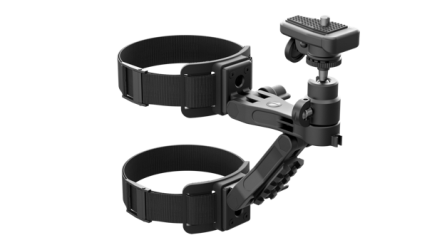 Tree mount
Pulsar Accessories
Tree mount
Pulsar Accessories
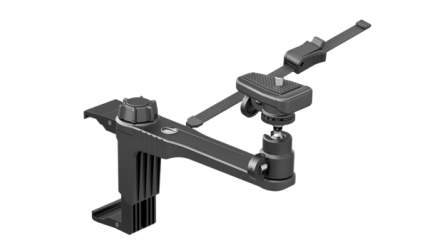 Window Frame Mount
Pulsar Accessories
Window Frame Mount
Pulsar Accessories
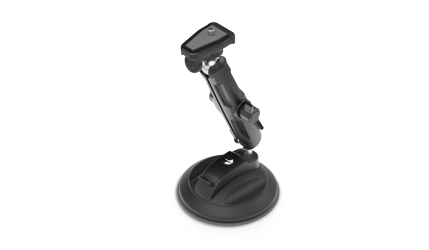 Flat Glass Mount
Pulsar Accessories
Flat Glass Mount
Pulsar Accessories
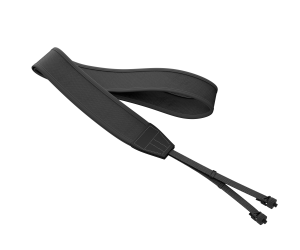 Neck Straps
Accessories
New
Neck Straps
Accessories
New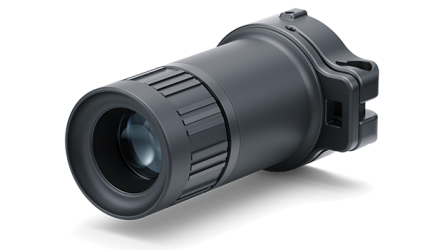 Monocular Pulsar 3x20 B
Accessories
Monocular Pulsar 3x20 B
Accessories
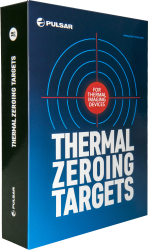 Thermal Zeroing Targets
Accessories
Thermal Zeroing Targets
Accessories









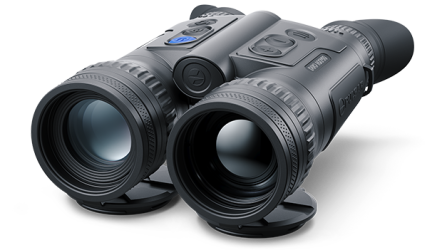
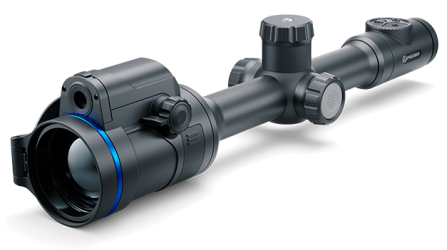
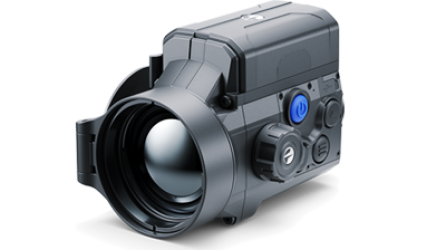
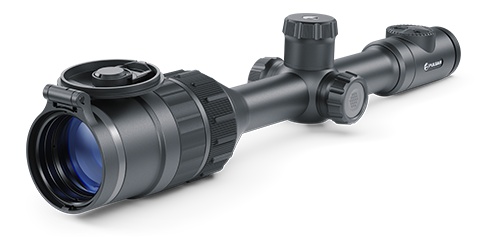
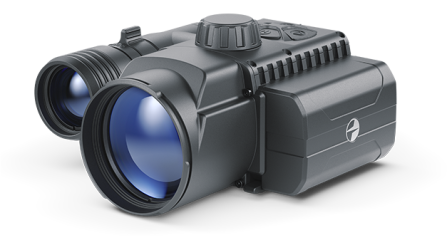
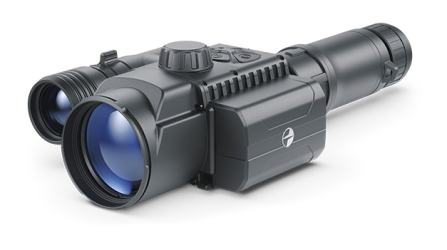



 English
English German
German French
French Spanish
Spanish Italiano
Italiano English
English Lietuvių
Lietuvių

